Home>Garden Essentials>What Does The Radicle Do In A Seed
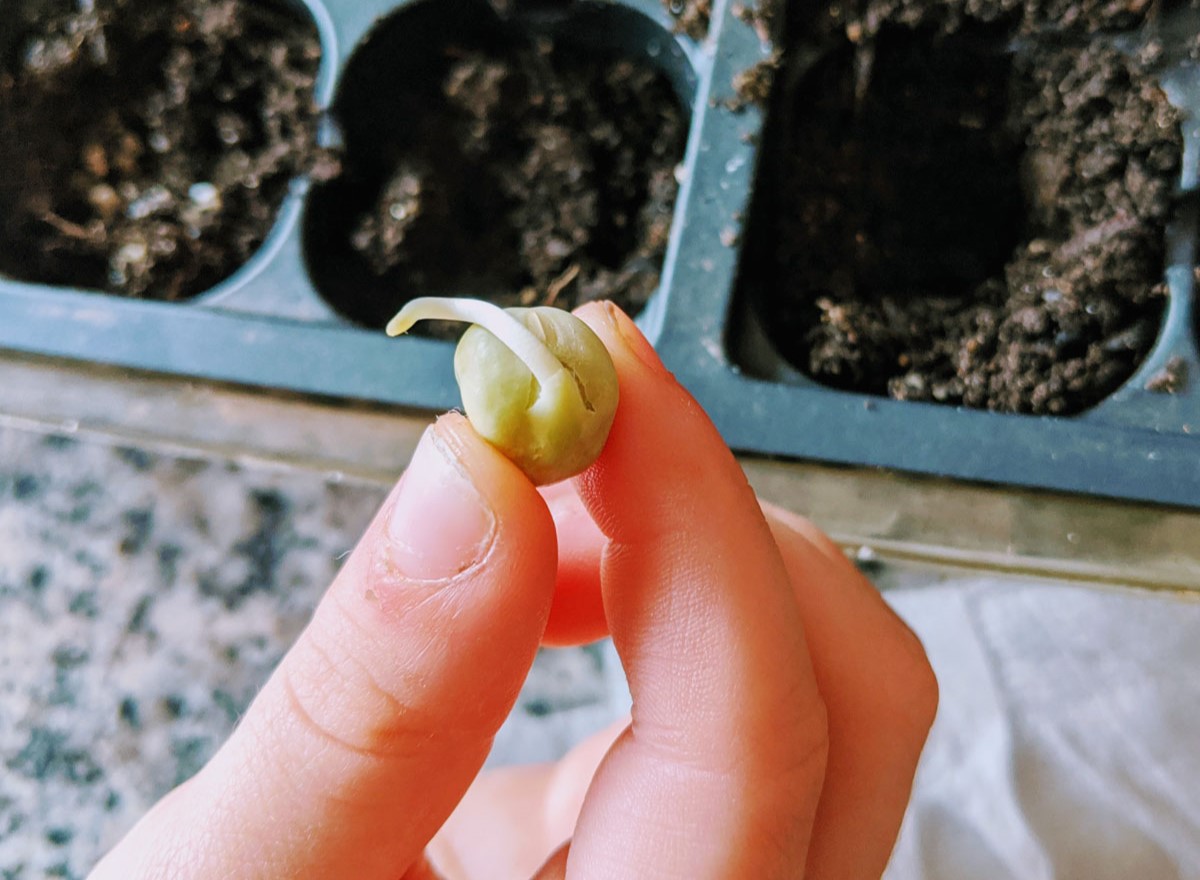

Garden Essentials
What Does The Radicle Do In A Seed
Modified: March 15, 2024
Discover the important role of the radicle in a seed and its impact on successful garden growth. Explore the significance of the garden's hidden powerhouse.
(Many of the links in this article redirect to a specific reviewed product. Your purchase of these products through affiliate links helps to generate commission for Storables.com, at no extra cost. Learn more)
Introduction
Welcome to the fascinating world of seeds! Seeds are nature’s way of ensuring the survival and propagation of plants. Within the protective covering of a seed, lies a tiny structure known as the radicle, which plays a crucial role in the germination and development process.
Understanding the function of the radicle is essential for gardeners and plant enthusiasts alike. Whether you are starting your own garden or simply curious about the inner workings of plants, this article will provide you with valuable insights into the role of the radicle in a seed.
So, let’s dive deeper into the structure of a seed to uncover the secrets hidden within.
Key Takeaways:
- The radicle is the seed’s first root, anchoring the plant and absorbing water and nutrients from the soil. It’s like the plant’s lifeline, helping it grow big and strong!
- Factors like moisture, temperature, and nutrients affect radicle development. By creating the perfect conditions, gardeners can give seeds the best chance to sprout and thrive.
Read more: What Does A Seed Do
Structure of a Seed
Seeds come in various shapes and sizes, but they all have a common structure that consists of three main parts: the seed coat, the endosperm, and the embryo.
The seed coat, also known as the seed coat or testa, is the outermost layer of the seed. Its primary function is to protect the internal structures from external factors such as moisture, temperature fluctuations, and physical damage. The seed coat can be thick and hard, like that of a walnut, or thin and papery, like that of a dandelion.
Inside the seed coat, we find the endosperm, a nutrient-rich tissue that provides nourishment to the developing embryo. The endosperm is made up of starches, proteins, and oils, which serve as a source of energy for the germinating seedling until it can establish its own photosynthetic capabilities.
The most vital part of the seed is the embryo, which is composed of several components, including the radicle. The radicle is the embryonic root of the plant, and its role is to anchor the seedling into the soil and absorb water and nutrients from the surrounding environment.
Now that we have a basic understanding of the structure of a seed, let’s delve deeper into the specific function of the radicle and explore the germination process.
The Function of Radicle in a Seed
The radicle is the first part of the embryonic plant to emerge during germination. It is commonly referred to as the primary root of the seedling. The radicle plays a pivotal role in the establishment of the plant as it anchors the seedling into the soil and initiates the growth of the root system.
Once a seed is exposed to the right conditions, such as moisture, oxygen, and appropriate temperature, the embryonic plant undergoes a process called germination. During germination, the radicle breaks through the seed coat and begins to elongate downwards, searching for water and nutrients in the soil.
The radicle is equipped with root hairs, which increase its surface area and enhance its ability to absorb water and dissolved minerals. These root hairs play a crucial role in nutrient uptake, enabling the seedling to establish a strong foundation for further growth.
In addition to its anchoring and nutrient absorption functions, the radicle also stimulates the production of hormones, such as auxins, which influence the growth and development of other root structures. These hormones help in the elongation and branching of the root system, allowing the plant to explore a larger soil volume for resources.
As the seedling develops, the radicle continues to grow and expand, giving rise to secondary roots, lateral roots, and root hairs. This intricate network of roots forms the foundation of the plant’s root system, which plays a vital role in water and nutrient uptake, as well as providing stability to the plant.
Overall, the function of the radicle in a seed is crucial for the successful establishment of a plant. It not only anchors the seedling into the soil but also facilitates water and nutrient absorption, promotes hormone production, and sets the stage for the development of a robust root system.
Now that we understand the importance of the radicle in a seed, let’s explore the fascinating process of germination.
The radicle is the first part of the seed to emerge and it develops into the primary root of the plant. It anchors the plant and absorbs water and nutrients from the soil.
Germination Process
Germination is the process by which a seed transforms into a seedling, ready to grow into a mature plant. It is a complex and fascinating series of events that is triggered by specific environmental conditions.
The first step in the germination process is the absorption of water by the seed. Water acts as a rehydrating agent, activating enzymes and metabolic processes within the seed that have been in a state of dormancy. As the seed takes in water, it swells and softens, causing the seed coat to crack or break.
Once the seed coat is fractured, the radicle emerges, growing downwards into the soil. At the same time, the embryonic shoot, known as the plumule, elongates upwards towards the surface. The plumule holds the potential for the development of leaves and stems.
As the radicle continues to grow, it branches out, producing secondary roots that penetrate deeper into the soil. Meanwhile, the plumule unfurls its first pair of leaves, called the cotyledons. These cotyledons either remain underground, serving as storage organs, or break through the soil surface to begin photosynthesis and initiate the growth of the above-ground portion of the seedling.
During this early stage of growth, the seedling relies on the energy reserves contained within the endosperm or cotyledons for sustenance. As the seedling matures, it gradually transitions to relying on its newly-developed root system for nutrient absorption from the soil and photosynthesis from the leaves.
The germination process is influenced by various factors, including temperature, moisture, light, and oxygen availability. Different plant species have specific requirements for germination, and these conditions need to be met for successful seedling development.
Once the seedling has established itself and is able to independently carry out photosynthesis, it will continue to grow and mature into a fully-fledged plant, with the radicle developing into the primary root that supports the plant throughout its life cycle.
Now that we’ve explored the germination process, let’s discuss the factors that can affect the development of the radicle and the overall germination success.
Factors Affecting Radicle Development
The development of the radicle, as well as the overall success of germination, is influenced by several factors that affect the growth and establishment of the seedling. Understanding these factors can help gardeners create optimal conditions for seed germination and maximize the chances of successful plant growth.
1. Moisture: Adequate moisture is crucial for germination. Without sufficient water, the seed remains dormant and fails to initiate the germination process. However, excessive moisture can lead to rotting and fungal diseases. It is important to provide the right amount of moisture for the specific plant species being cultivated.
2. Temperature: Different plant species have specific temperature requirements for germination. Some seeds require warm temperatures, while others prefer cooler conditions. Providing the appropriate temperature range allows the radicle to develop and initiate growth. Extreme temperatures can inhibit or damage the seedling.
3. Oxygen: The radicle requires oxygen for aerobic respiration, which provides energy for growth. Oxygen availability is crucial for cell division and the metabolic processes involved in germination. Proper soil aeration and oxygenation are essential for seedling development.
4. Light: Light requirements vary among plant species. Some seeds require exposure to light for germination, while others need darkness. Photoreceptor pigments in the seeds detect the presence or absence of light, influencing the radicle’s growth direction and overall development.
5. Seed Quality: The quality of the seed itself can impact the radicle’s development. Seeds that are damaged, old, or of poor quality may have a reduced germination rate or weakened growth potential. It is important to select high-quality, viable seeds for optimal results.
6. Nutrients: The availability of essential nutrients, such as nitrogen, phosphorus, and potassium, contributes to the radicle’s growth and overall seedling development. Providing a well-balanced soil or nutrient-rich growing medium ensures that the seedling receives the necessary nutrients for healthy root growth.
7. Seed Depth: The depth at which the seed is planted affects radicle development. Planting the seed too shallowly may lead to dehydration, while planting it too deeply may hinder the emergence of the radicle and inhibit its growth. It is crucial to follow the recommended planting depth for each plant species.
By considering and optimizing these factors, gardeners can create favorable conditions for radicle development and successful seed germination. Providing the right balance of moisture, temperature, oxygen, light, and nutrients sets the stage for healthy root growth and the establishment of thriving plants.
Now that we understand the factors involved in radicle development, let’s summarize the importance of the radicle in seed germination.
Read more: What Does Crop Rotation Do
Conclusion
The radicle, as a critical component of a seed, plays a vital role in the germination and development process of plants. It serves as the primary root of the seedling, anchoring it into the soil and absorbing water and nutrients essential for growth.
The germination process starts with the absorption of water, triggering the emergence of the radicle and the growth of the plumule. As the radicle develops, it branches out, forming secondary roots that establish a strong root system. In conjunction with the shoot system, the radicle sets the foundation for the plant’s overall growth and vitality.
Various factors, such as moisture, temperature, oxygen, light, and nutrients, influence radicle development and the success of seed germination. By providing optimal conditions, gardeners can optimize the growth potential of the radicle and ensure successful plant establishment.
Understanding the function of the radicle and the germination process is crucial for gardeners and plant enthusiasts. This knowledge empowers us to create ideal environments for seeds to flourish and become thriving plants.
So, whether you’re starting a new garden or simply exploring the wonders of nature, take a moment to appreciate the role of the radicle — the humble but essential root that kickstarts the miraculous journey of a seed.
html
Frequently Asked Questions about What Does The Radicle Do In A Seed
Was this page helpful?
At Storables.com, we guarantee accurate and reliable information. Our content, validated by Expert Board Contributors, is crafted following stringent Editorial Policies. We're committed to providing you with well-researched, expert-backed insights for all your informational needs.
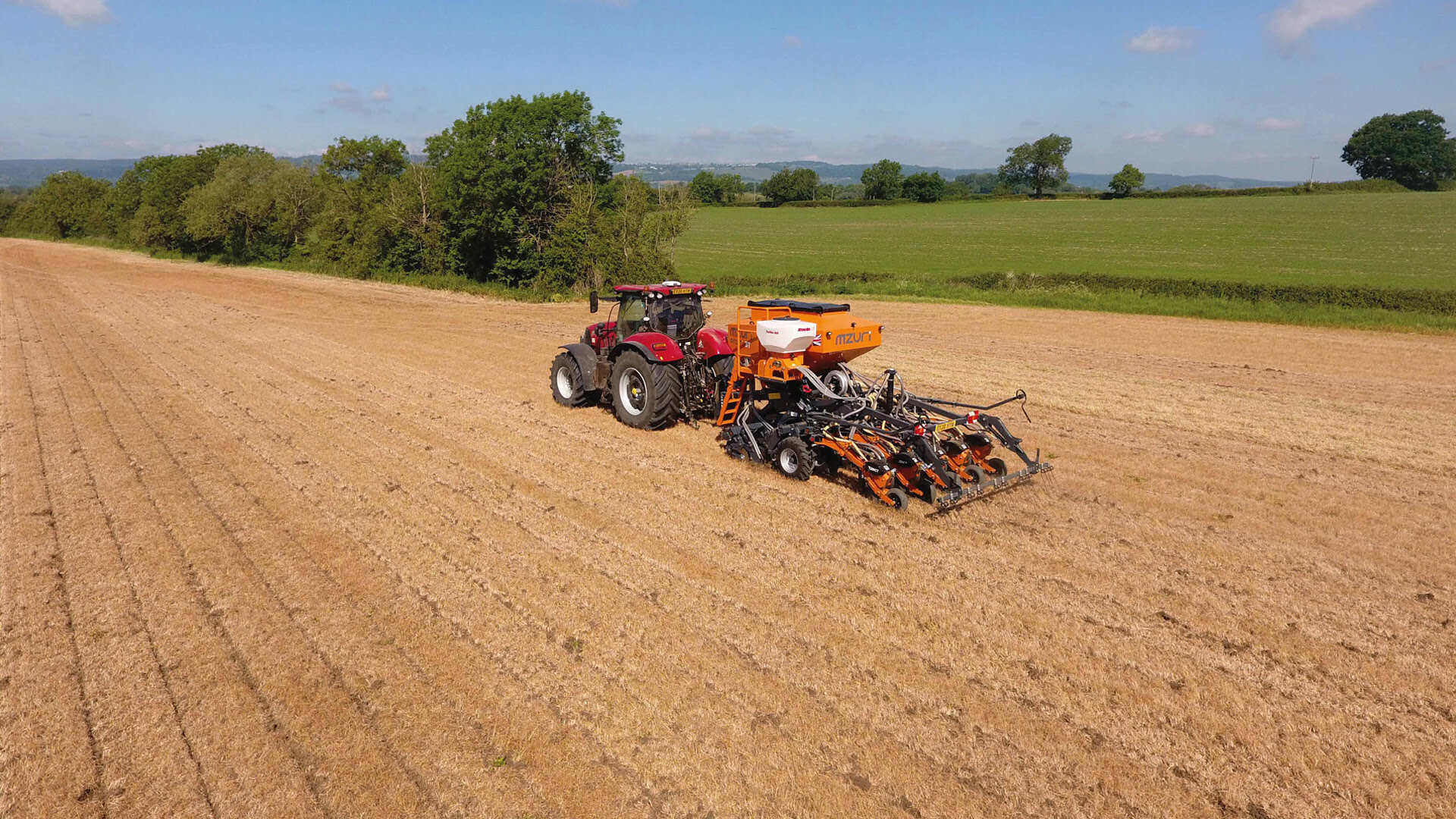
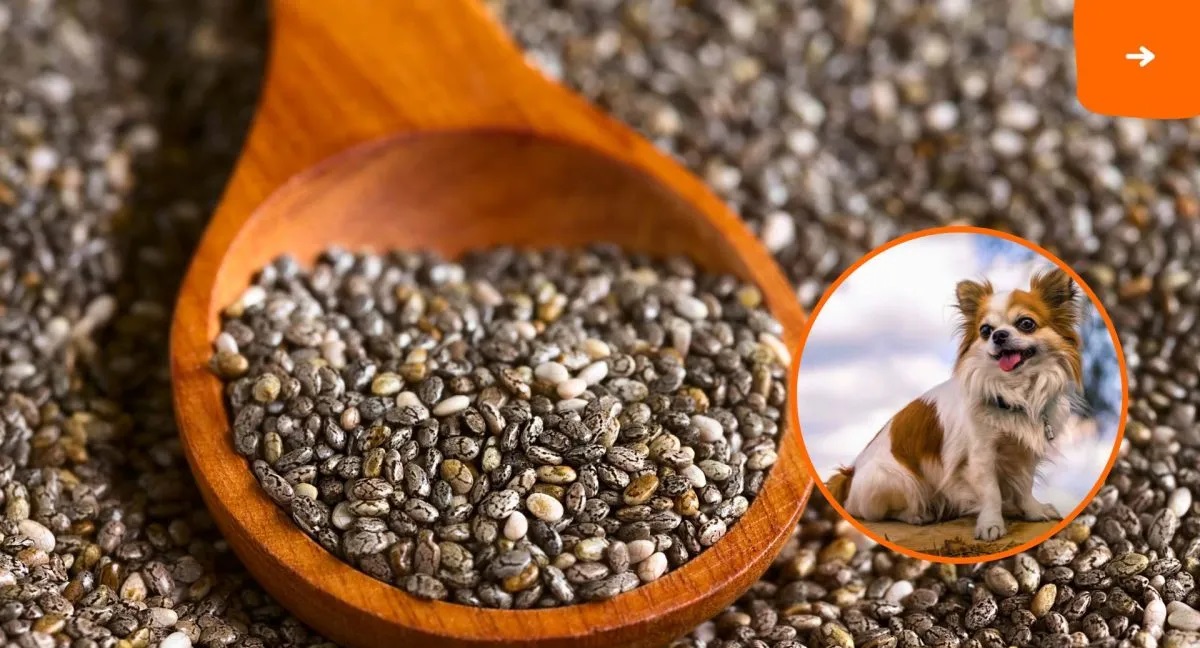
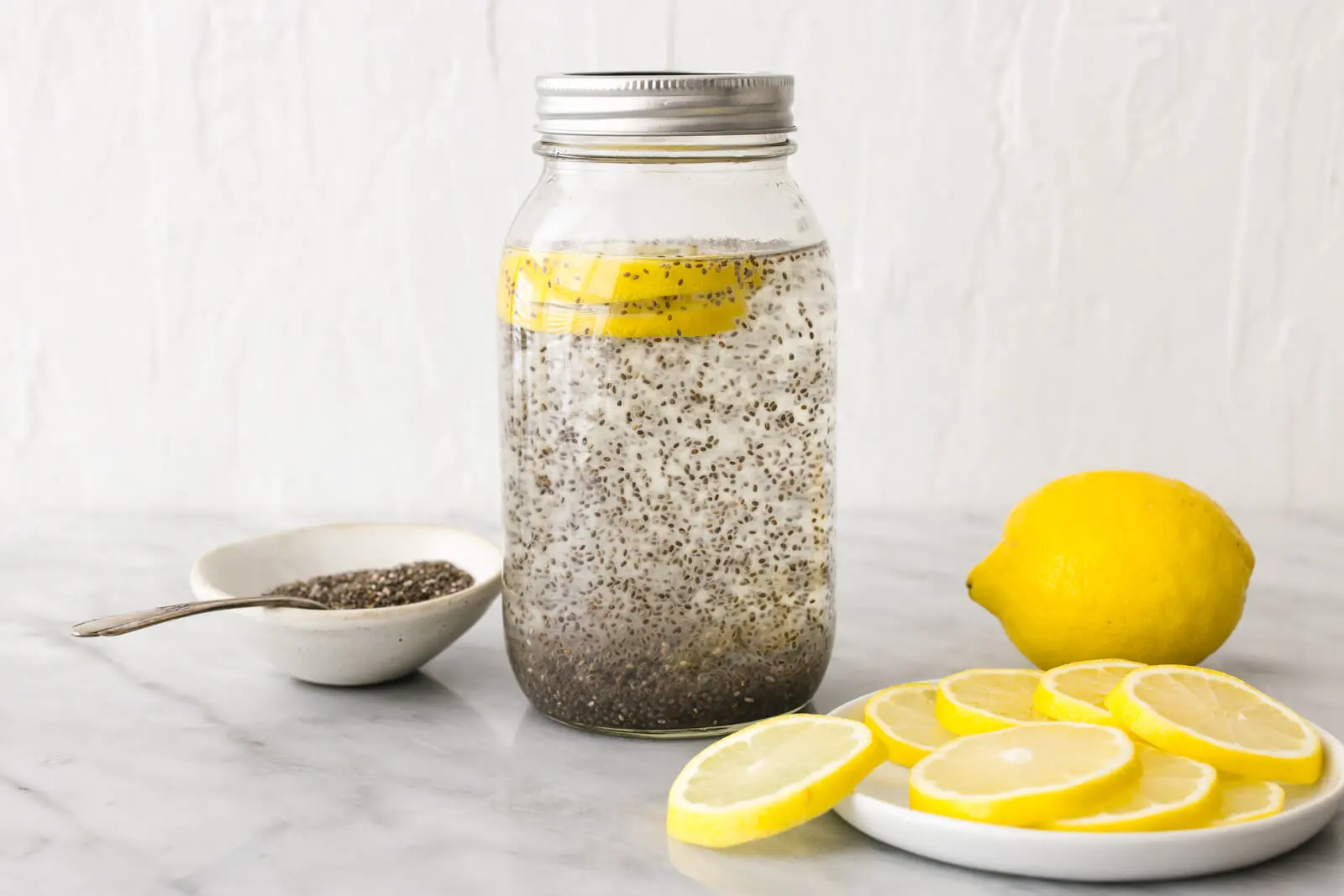
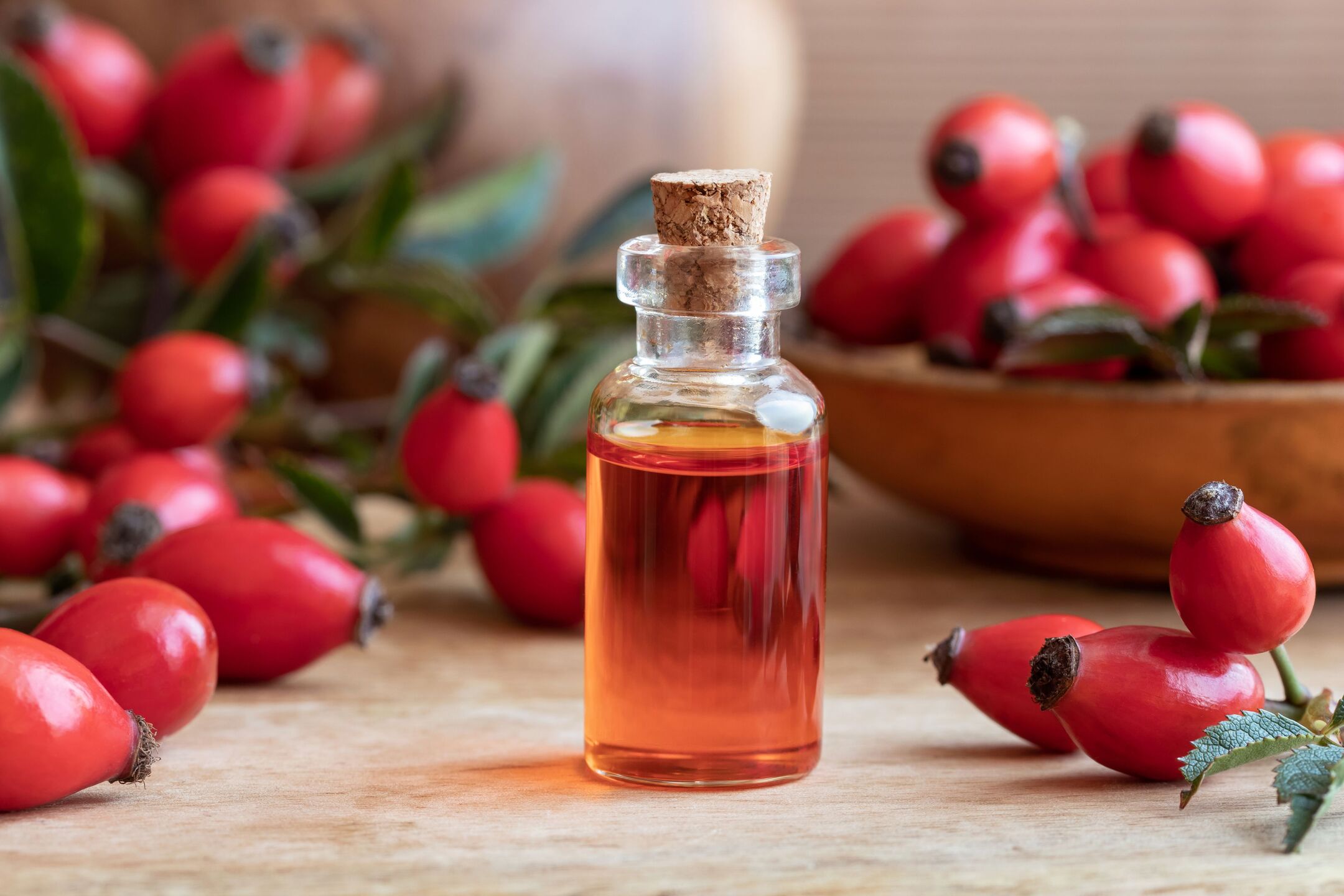
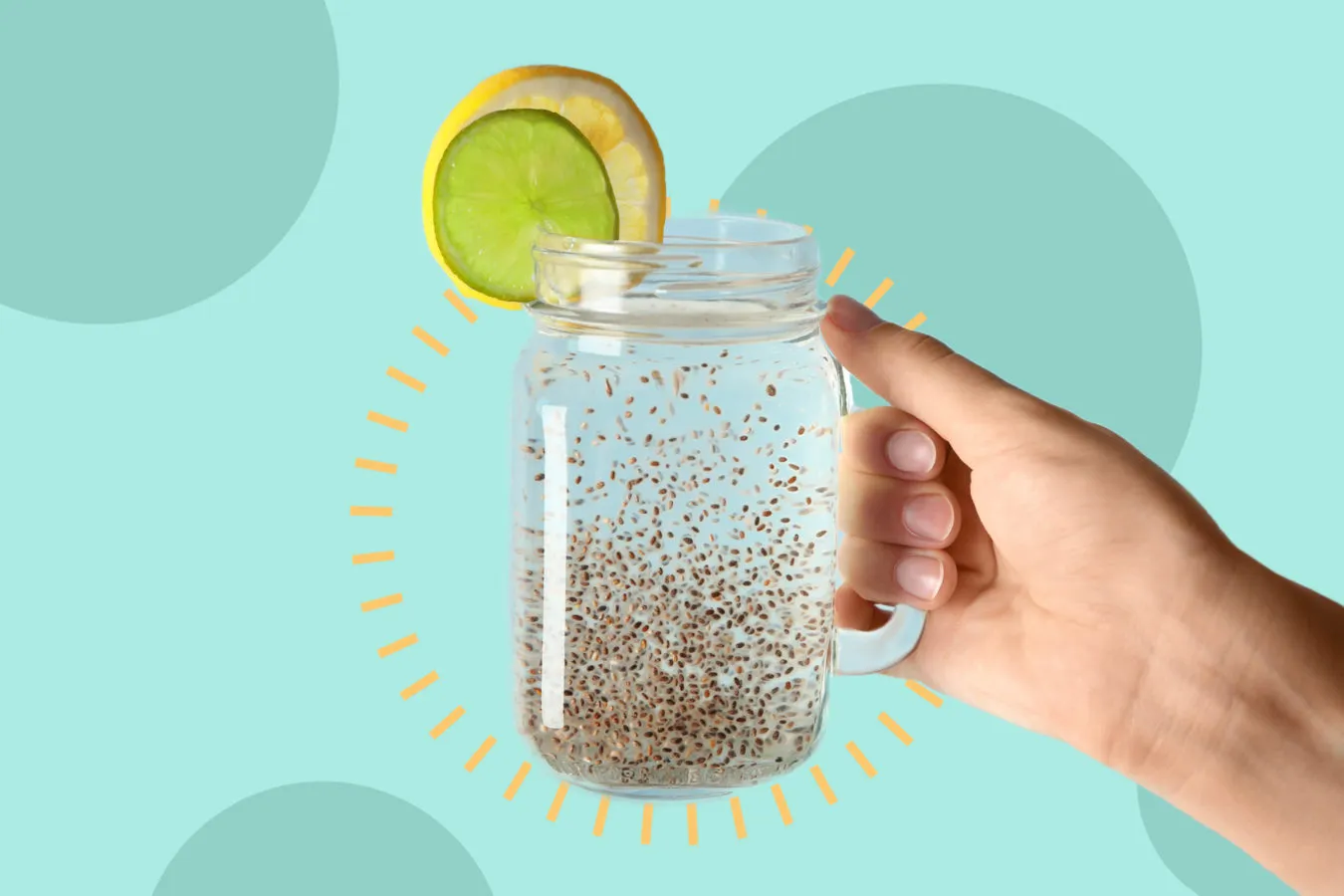
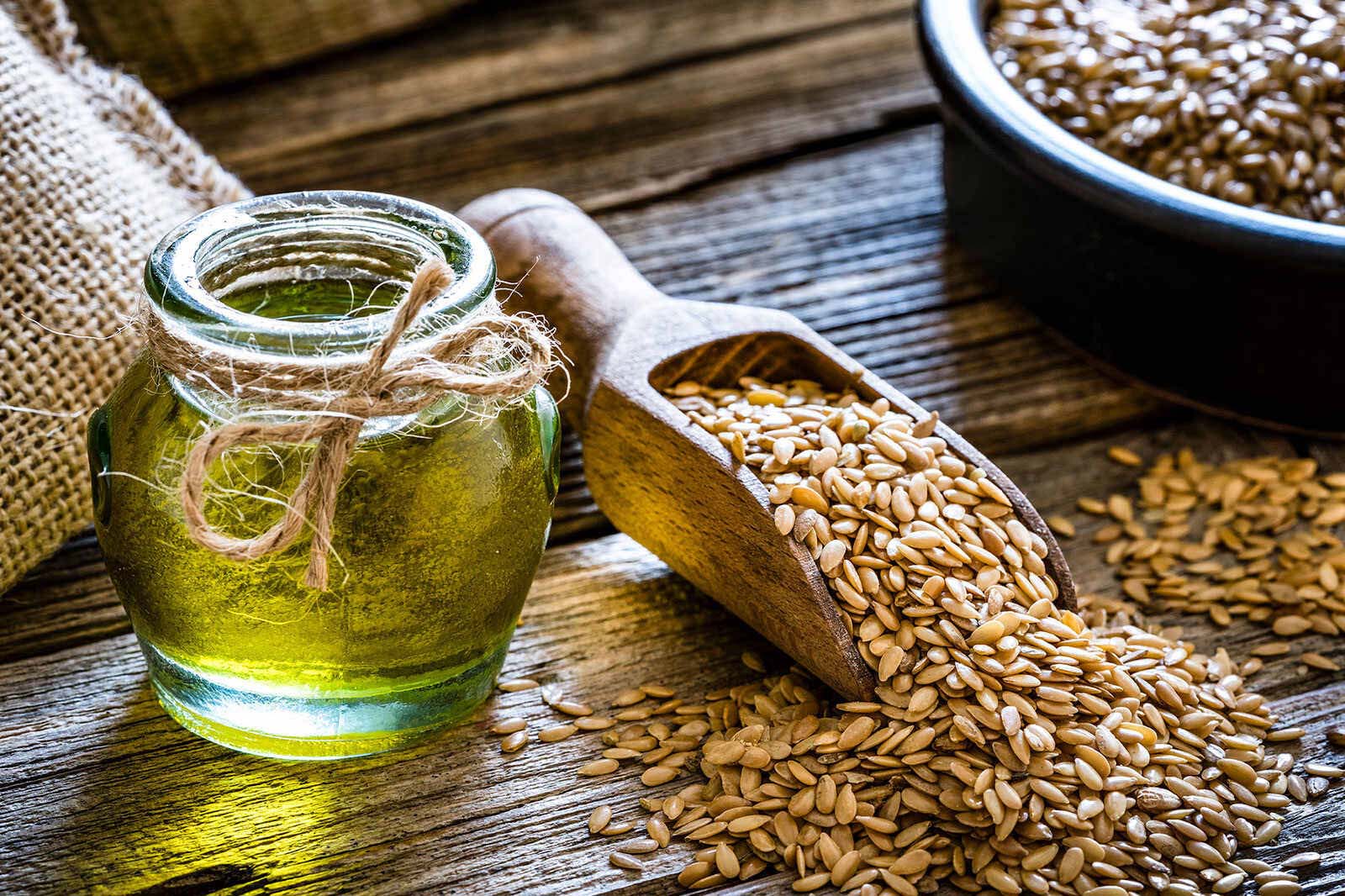
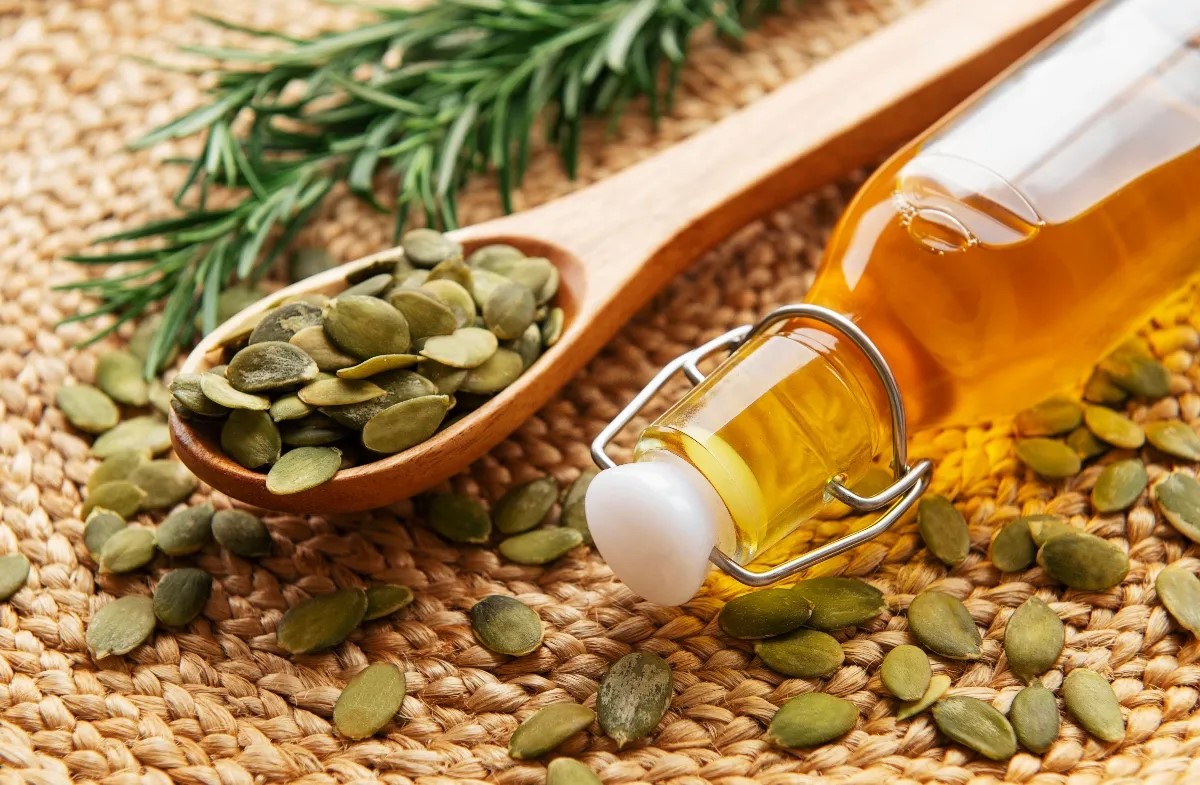

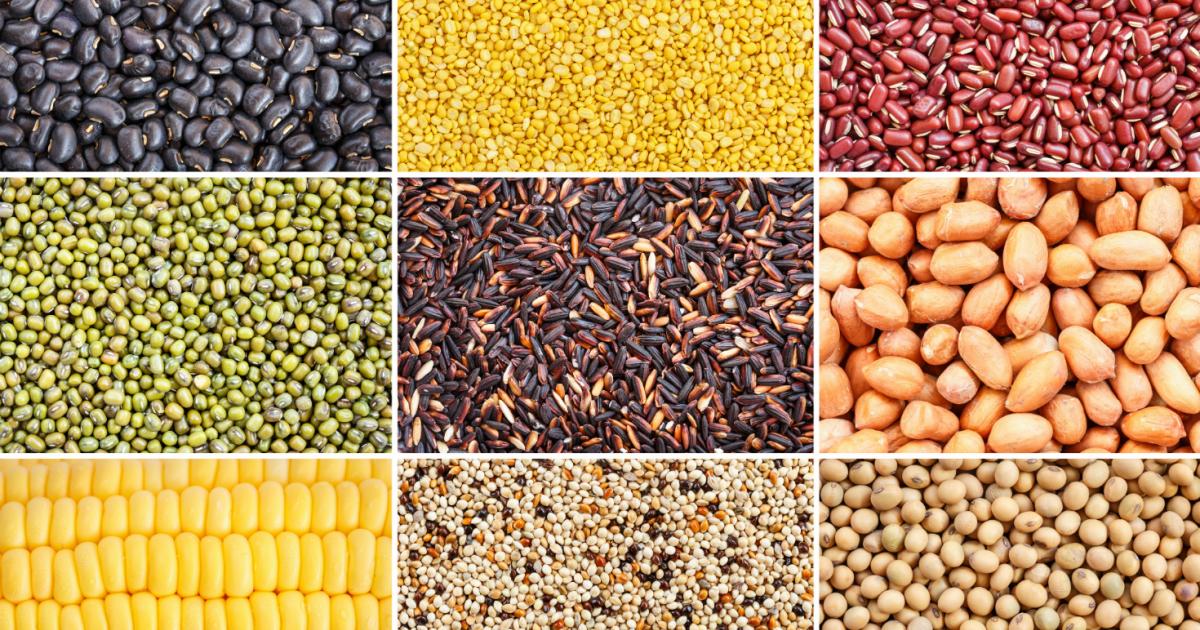
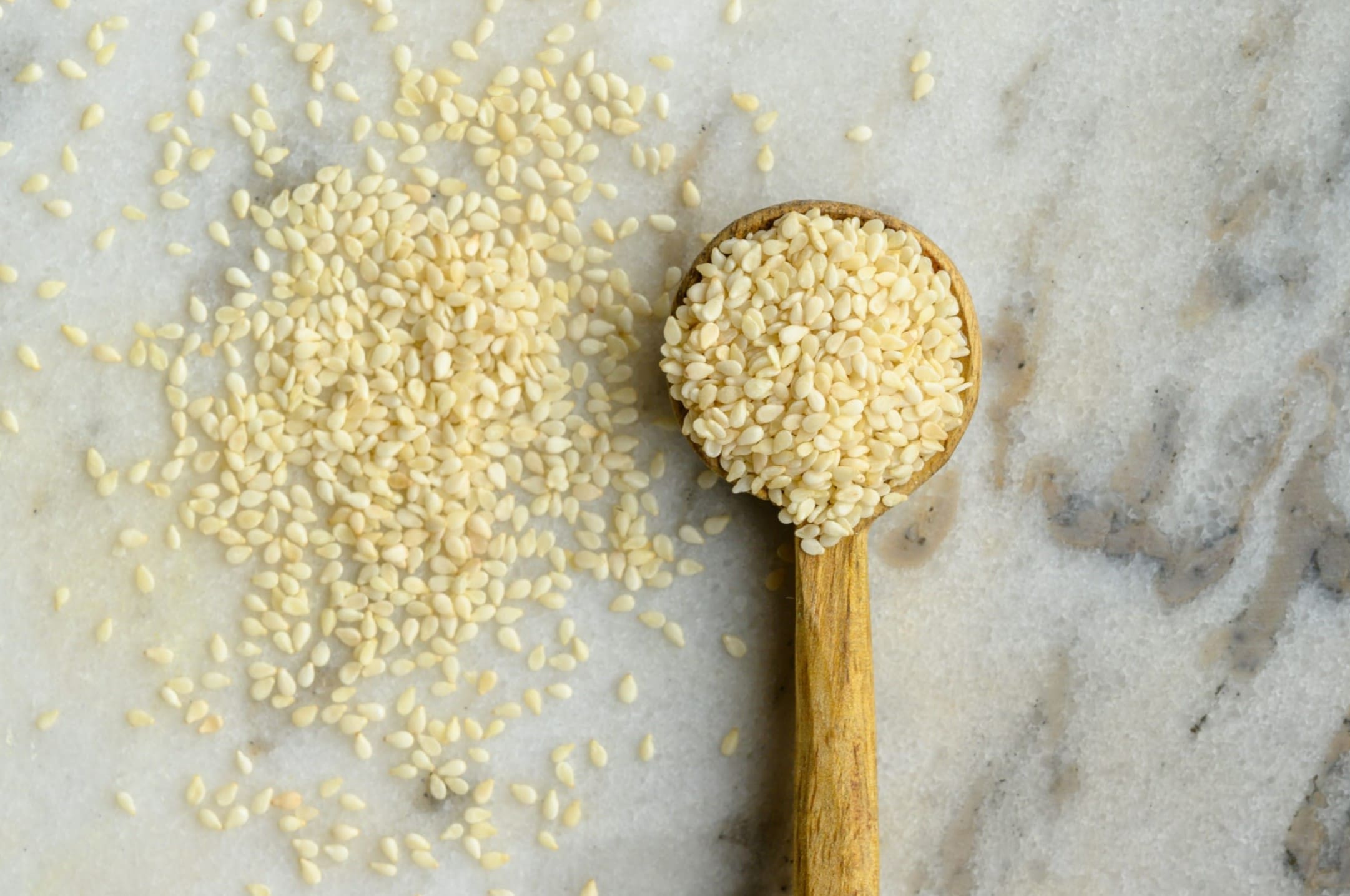
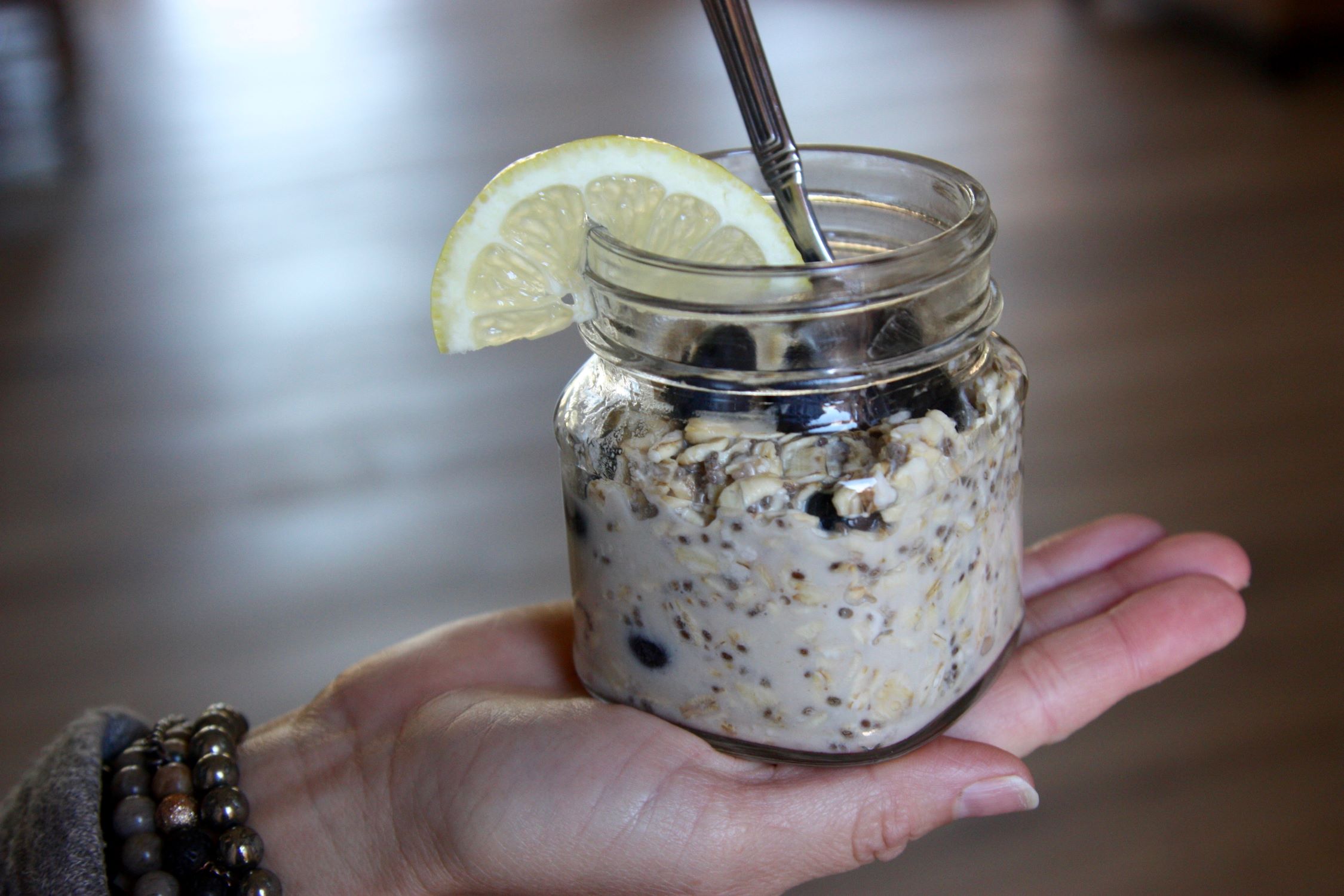
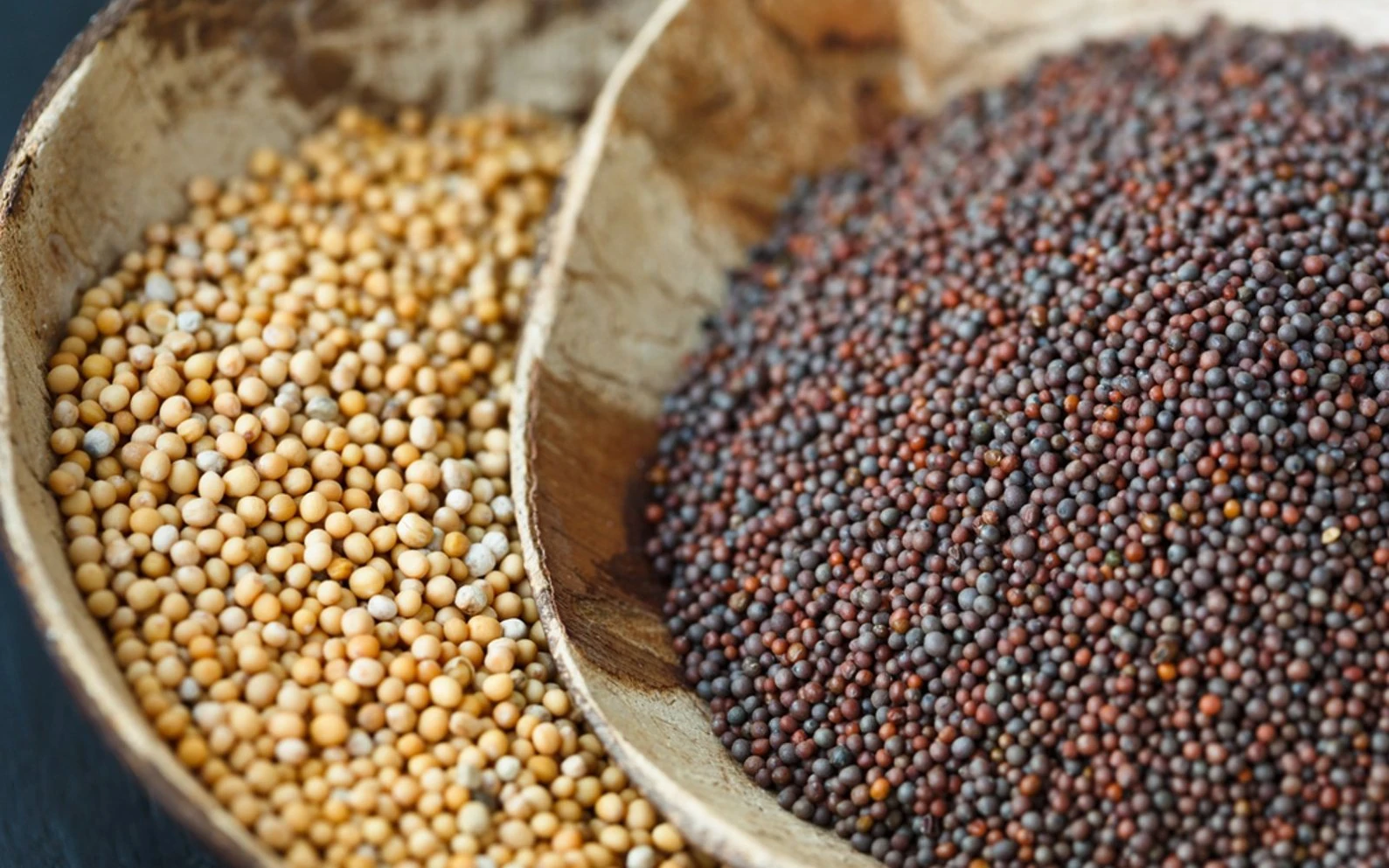
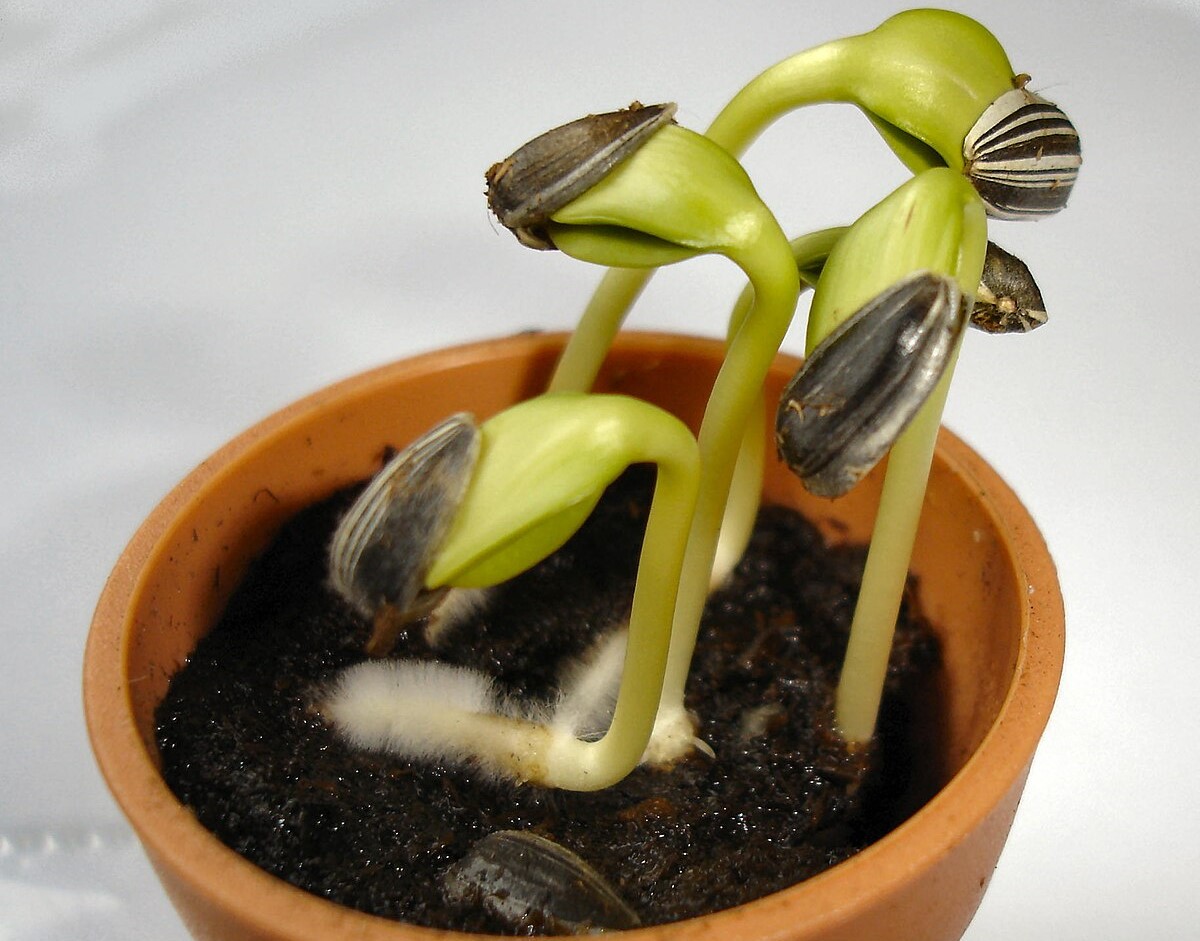
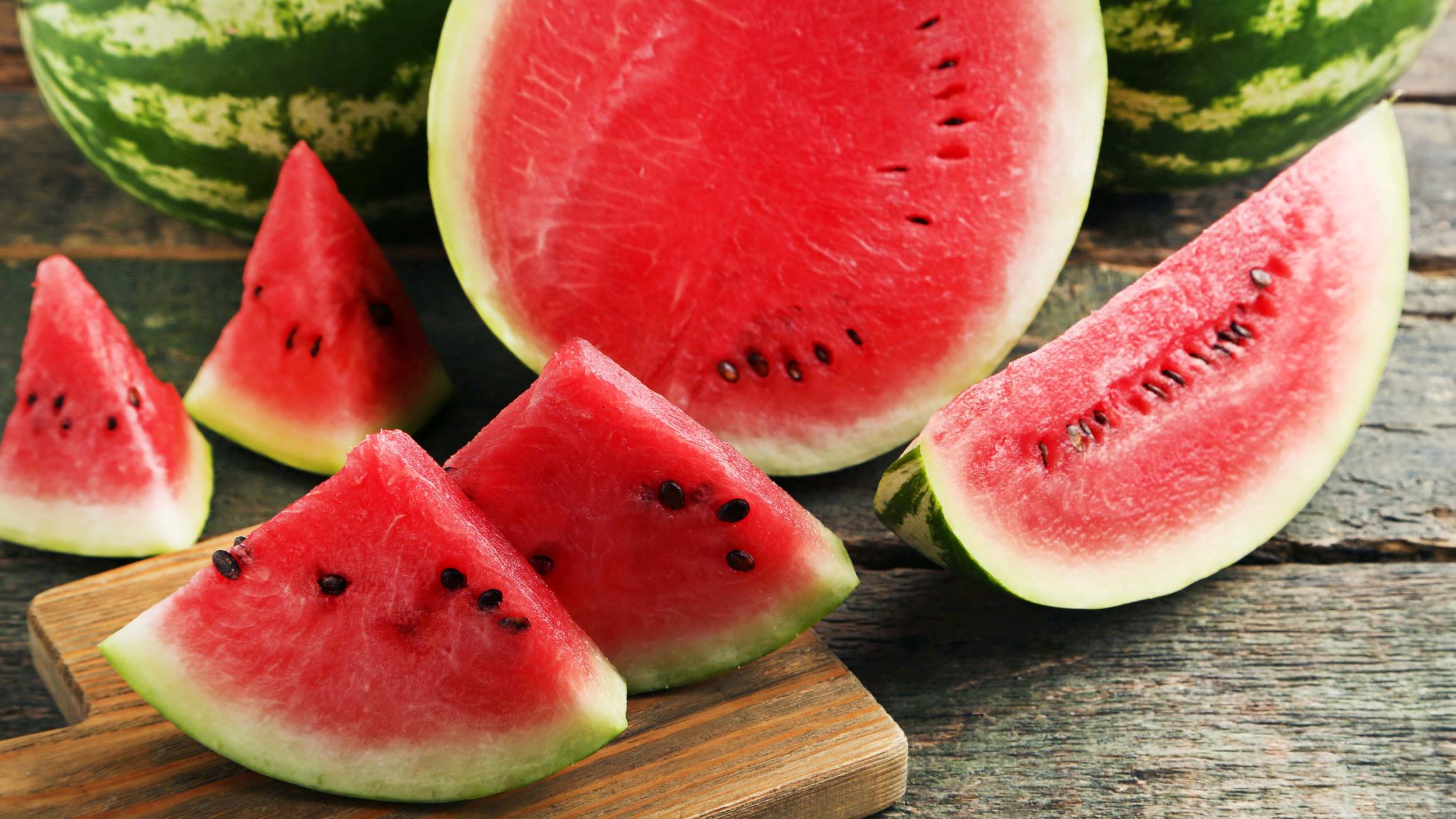

0 thoughts on “What Does The Radicle Do In A Seed”